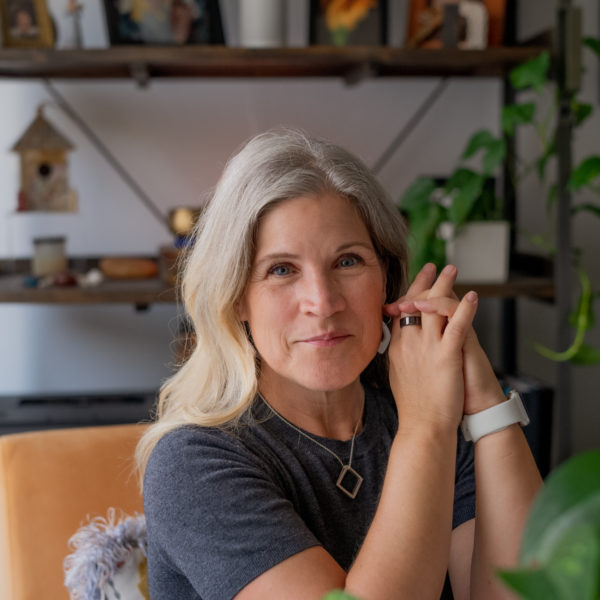3 Key Things Coaches Need to Know When Sharing Your Personal Story
Okay, let’s admit it. If you’re a coach you’ve drunk the Kool-Aid about self-development. You’re deep into it; you’ve learned a ton; you’ve implemented a few things and you’ve seen your life transform.
Now that you’re on the other side and so excited about your transformation you want to help others get out of their pain, remove their blocks and achieve their goals.
We are the helpers!
But when we approach them about coaching, we often want to sell them on our great discoveries. The things we’ve learned that transformed our lives; our new beliefs and behaviors; the habits we’ve started that might be super beneficial to someone else.
When we do that, we make the connection much harder to make. We get in our own way.
In this post I want to share with you three key reasons why sharing your story in a specific way is going to serve you better than selling your services.
Meet Your Potential Clients Where They Are
Let’s imagine you’re in a really stuck place. You’ve fallen off all of your good habits; you’re not doing the things you want to be doing; perhaps you’re in a relationship you don’t want to be in; or, you have this big goal you want to go after, but all of your fears are getting in the way.
You meet someone who is a coach and you’re intrigued…but they start with all of the ways they can help you. “oh, my gosh I know I could help you with this! I have this great framework I use; it’s helped lots of other people, you can totally do this. It’s completely changed my life. I am in the best relationship I’ve ever been in and I’m doing a career I love!”
What do you imagine you might feel about this person? I know mine would be something like, “WTF, get outta here with that stuff…you don’t know me, or what I need.”
When we lead with our transformation, we miss the opportunity to connect.
Instead, we want to share our backstory, where we’ve BEEN not where we ARE now…. we’ll get to that.
By sharing where we’ve been, we’re providing potential clients a sense that we may understand their pain or current situation because we’ve been through stuff too.
Share Only What’s Necessary
The difficult thing about crafting your story is knowing what to share. I mean, you’ve been living a full long life.
Do you share about that time that members of the HS football team encouraged Josh to slam his palm down and flatten the mayonnaise packet only to have it fly into your face and hair in the middle of the lunch hour cafeteria? (That did happen to me, but this will be the only time you hear about it.)
Probably not.
Think about what kinds of things your dream potential clients might be experiencing. Often times they’re the same things we’ve experienced and have transformed an area of our life for the better.
Share the backstory of what your life was like then. Because when we hear a story of someone else’s experience that sounds even remotely like ours we perk up and listen. Why? Because storytelling is the best way to learn. We want to hear the story of how someone else was able to change their experience.
But first, we need to know they’ve had the experience.
Leave Your Clients Breadcrumbs to Their Own Realizations
One of the big mistakes people make is not understanding WHY you’re telling any story. I remember hosting a huge event for over 4,000 people. My job was to introduce the speakers and give the overview of the day for the participants.
I got a front row seat to all of the A list speakers…and boy was that a great learning lesson. One person in particular stood out as a lesson in what NOT to do. As she was speaking in front of this huge audience, she launched into a story that didn’t seem to have any reason to be told.
As she was sharing it I remember thinking…”Why is she telling us this story?”
And then she said these fatal words, “I’m not really sure why I shared that story with you, I just really like it.” I could feel the whole audience sit back with disappointment. What a lost moment.
When you’re telling your story, you have to know WHY you’re telling it. What do you want your audience to FEEL, THINK and DO after hearing your story?
One perspective is that the purpose of your story is to leave breadcrumbs for your ideal prospective client to come to their OWN realization that they would like help, more specifically YOUR help in their current situation.
Hopefully, after reading this post you have a better understanding of the importance of telling YOUR story with purpose. You know that you have to meet your clients where they are; that sharing only what’s necessary to help them think, feel and do something you’ll get to tell them; and letting your potential clients come to their own realization, just like in coaching is powerful.
There’s definitely place in story structure to tell about all the good things in your life now…but you’ll have more success if you leave that to the ending.
We all want a happy ending.



